A comprehensive Home Repair And Maintenance strategy is essential for safeguarding your home's longevity and functionality. This includes seasonal inspections and servicing of critical systems like plumbing, HVAC, electrical, and roofing to prevent issues from escalating. Regular maintenance can avert the need for costly repairs and enhance your home's overall durability and security. For instance, addressing a leaky faucet promptly can save you from extensive water damage. Seasonal tasks are crucial: clear gutters in spring, test plumbing fixtures and update HVAC filters, prepare air conditioning systems for summer, inspect roofs for damage, ensure energy efficiency, and address heating system needs in autumn. In winter, watch out for mold and water damage risks. Don't forget to maintain your landscape to prevent soil erosion and foundation damage. Electrical safety is paramount, with regular checks of wiring, service panels, and functional safety mechanisms like smoke and carbon monoxide detectors. Proactive plumbing maintenance can prevent water damage, while regular HVAC upkeep ensures efficient operation and comfort year-round. By staying vigilant and addressing minor issues promptly, you can protect your home's integrity and maintain its value effectively.
Maintaining a home is a year-round endeavor that safeguards both its longevity and your family’s safety. This comprehensive guide on ‘Home Repair And Maintenance’ delves into the critical aspects of upkeep, offering actionable tips to ensure your dwelling remains robust against future issues. From seasonal checklists to specialized care for plumbing and electrical systems, learn the best practices for HVAC maintenance, and how a tailored home maintenance plan can prevent costly repairs down the line. Keep your home running smoothly with these essential strategies.
- Understanding the Importance of Regular Home Maintenance for Longevity and Safety
- Seasonal Checklists to Keep Your Home in Top Shape Year-Round
- Essential Components for a Home Maintenance Plan
- Proactive Plumbing Care: Preventing Water Damage and Leaks
- Electrical System Inspections and Upkeep for Optimal Performance
- HVAC Maintenance Best Practices to Ensure Efficiency and Longevity
Understanding the Importance of Regular Home Maintenance for Longevity and Safety
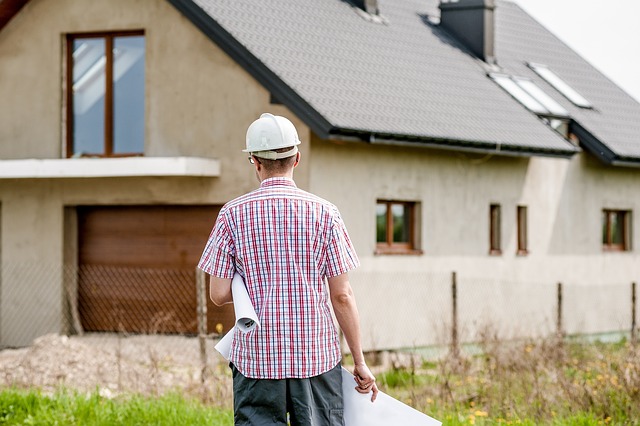
Regular upkeep is a cornerstone in extending the lifespan and ensuring the safety of your home. Engaging in proactive home repair and maintenance practices not only preserves the structural integrity but also mitigates the risks associated with deferred maintenance. By consistently inspecting and servicing various components such as the electrical system, plumbing, HVAC systems, and the roof, homeowners can catch issues early, preventing minor problems from escalating into major disasters. For instance, a leaky faucet might seem insignificant, yet if left unattended, it could lead to water damage affecting not only the immediate area but also compromising the overall structure’s stability. Similarly, routine HVAC checks ensure efficient operation, optimal comfort, and can prevent unexpected breakdowns during extreme weather conditions. This diligence in home repair and maintenance is paramount for safeguarding both the investment value of your property and the well-being of its occupants. By allocating time and resources to regular inspections and timely repairs, you fortify your home against future issues, thereby enhancing its longevity and safety.
Seasonal Checklists to Keep Your Home in Top Shape Year-Round
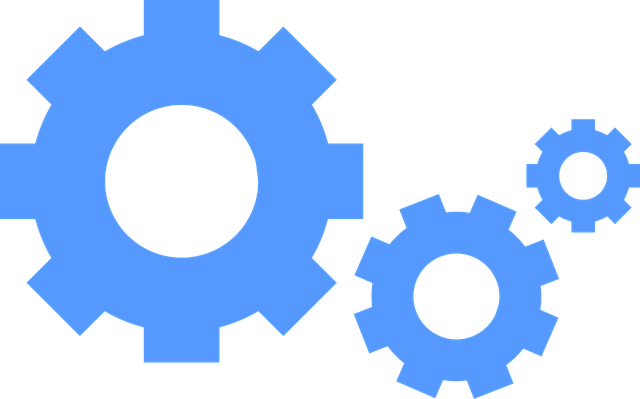
Engaging in regular home repair and maintenance is pivotal for safeguarding your living space from potential issues that may arise. To ensure your home remains in peak condition throughout the year, it’s wise to follow seasonal checklists tailored to each distinct season. During spring, for instance, focus on inspecting your home’s exterior, clearing gutters and downspouts, and repairing any damage from winter weather. This is also an opportune time to test all plumbing fixtures, as well as to clean or replace HVAC filters in preparation for the upcoming warmer months.
As you transition into summer, continue your home repair and maintenance routine by checking your air conditioning system, ensuring that it’s functioning efficiently to keep your home cool during the heatwave. This season is also ideal for inspecting your roof and sealing any cracks or gaps to prevent hot air from entering and driving up energy costs. Additionally, regularly washing windows and screens will improve ventilation and brighten your living space. In autumn, prepare your home for the colder months ahead by servicing your heating system, insulating pipes to prevent freezing, and sealing drafty windows and doors. Fall is also the perfect time to clean out your fireplace and chimney if you plan to use it, ensuring a safe and cozy winter season. Lastly, as winter sets in, ensure that your home remains dry and well-ventilated to prevent mold growth, and regularly check for any leaks or water damage that could become more pronounced with the frozen ground. By adhering to these seasonal maintenance tasks, you can effectively manage home repair needs, reducing the likelihood of larger, costlier problems down the line.
Essential Components for a Home Maintenance Plan
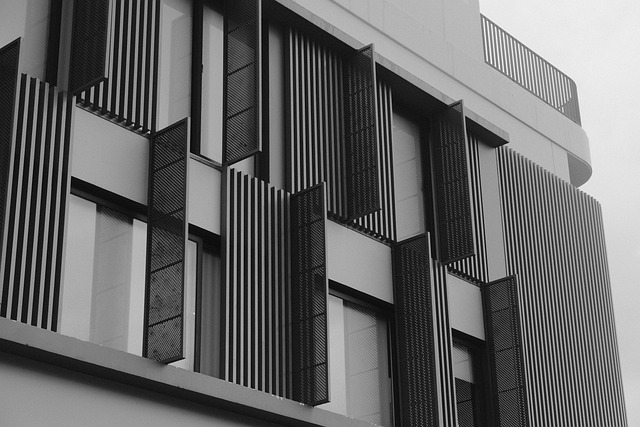
A comprehensive home repair and maintenance plan is instrumental in prolonging the lifespan of your residence and preventing costly repairs down the line. Key components of this plan include regular inspections and maintenance of the plumbing system to prevent leaks and water damage, as well as timely servicing of HVAC systems to ensure they operate efficiently throughout the year. Roof maintenance is another critical aspect; seasonal checks can identify potential issues before they escalate, such as missing shingles or worn flashing that could lead to water intrusion. Electrical systems also require attention, with a focus on ensuring all wiring is up to code and overloads are properly protected to prevent fires.
Additionally, your home repair and maintenance plan should not overlook the importance of painting and sealing. Exterior surfaces take a beating from the elements, and a fresh coat of paint not only enhances curb appeal but also acts as a protective barrier against weather damage. Interior walls benefit similarly, maintaining their integrity and finish. Safety features, such as smoke detectors, carbon monoxide detectors, and fire extinguishers, should be regularly tested and updated to ensure they are fully functional. Lastly, landscaping plays a role in home maintenance by preventing soil erosion around the foundation and guiding water away from your home during heavy rains, which can prevent basement flooding and foundation cracking. Regular upkeep of these components under a structured home repair and maintenance plan is essential for safeguarding your home’s well-being and your family’s safety.
Proactive Plumbing Care: Preventing Water Damage and Leaks
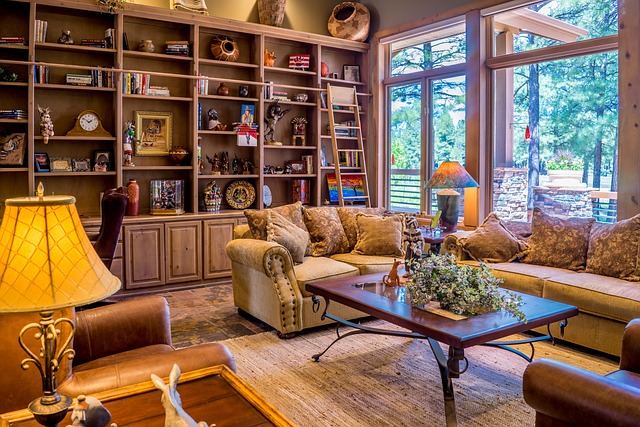
Regular proactive plumbing care is a cornerstone in maintaining your home and preventing water damage and leaks. Identifying potential issues before they escalate can save homeowners significant time, money, and stress. One of the key strategies is to inspect your home’s plumbing system periodically. This includes checking under sinks for signs of moisture, verifying that shut-off valves function properly in case of emergencies, and ensuring that water pressure levels are optimal but not excessively high, as this can lead to wear and tear on pipes.
Moreover, it’s advisable to maintain the health of your drains by using drain covers to prevent debris from entering and regular cleaning to keep them clear. When it comes to outdoor plumbing, ensure that hoses are disconnected during freezing weather to avoid pipe bursts and that downspouts are directed away from the foundation to prevent water accumulation that could seep into your home. By incorporating these home repair and maintenance practices into your routine, you can significantly reduce the likelihood of water damage, safeguarding your home against costly repairs and ensuring a safer living environment. Regular upkeep is not just about reacting to problems but also about being proactive in protecting your home from potential plumbing issues.
Electrical System Inspections and Upkeep for Optimal Performance

Regular maintenance of your home’s electrical system is a critical aspect of home repair and maintenance, ensuring both safety and optimal performance. It’s advisable to conduct routine inspections to identify any potential issues before they escalate into major problems. Professional electricians should inspect your electrical system at least once every decade to verify that it meets current safety standards and codes. During these inspections, they can replace outdated wiring, update service panels, and ensure that all electrical components are functioning correctly. Moreover, homeowners can perform regular checks by looking for signs of wear or damage in visible components such as outlets and light fixtures. Ensuring that your electrical system is up to date not only prevents future issues but also enhances the efficiency and reliability of your home’s power supply. It’s essential to address any minor concerns promptly, as electrical systems can pose significant risks when neglected. By integrating electrical system maintenance into your routine home repair and maintenance schedule, you contribute to the longevity and safety of your living environment.
HVAC Maintenance Best Practices to Ensure Efficiency and Longevity
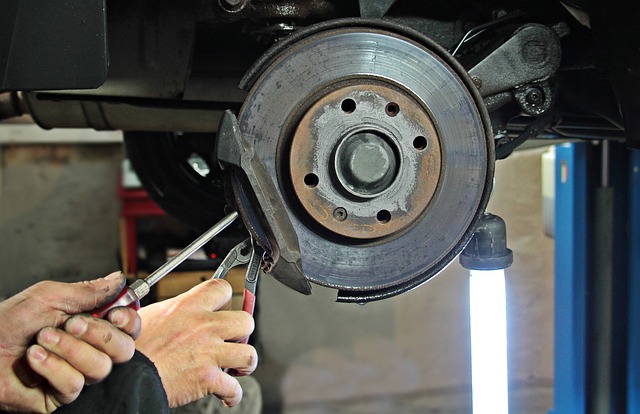
Regular maintenance of your home’s HVAC system is paramount for maintaining efficiency and ensuring its longevity. A well-maintained HVAC system not only enhances comfort but also contributes to energy savings and reduces the need for costly repairs down the line. To start, replace or clean air filters monthly or as needed, as clogged or dirty filters restrict airflow and can lead to a host of issues. Schedule professional tune-ups at least once a year, ideally before the heating or cooling season begins, to ensure all components are functioning optimally. During these check-ups, technicians will inspect the system for leaks, worn parts, and other potential problems that could affect performance.
In addition to routine cleaning and inspections, consider upgrading to a programmable or smart thermostat to fine-tune your home’s temperature settings automatically, which can significantly improve energy efficiency. Also, clear any debris from around the outdoor unit to ensure proper airflow and check for insulation on pipes and ductwork to prevent heat loss or gain. By adhering to these HVAC maintenance best practices under the umbrella of home repair and maintenance, you can extend the lifespan of your system, minimize the risk of unexpected breakdowns, and maintain a comfortable living environment. Regular upkeep is less costly and time-consuming than dealing with major repairs or replacements in the future.
Regular home maintenance is a cornerstone of safeguarding your living space against future issues, ensuring longevity and safety for years to come. By adhering to seasonal checklists and implementing a comprehensive home maintenance plan, you can proactively address potential problems before they escalate. For instance, routine checks on your plumbing system can ward off water damage and leaks, while regular electrical inspections safeguard against hazards and ensure optimal performance. Similarly, maintaining your HVAC system through best practices promotes efficiency and extends its lifespan. Investing in home repair and maintenance is not just about upkeep; it’s a strategic approach to preserving the integrity of your home. Homeowners who prioritize these practices will find that their efforts pay off in comfort, safety, and cost savings over time.
